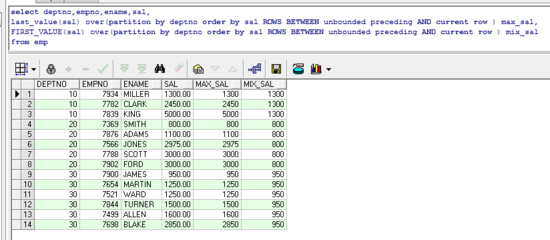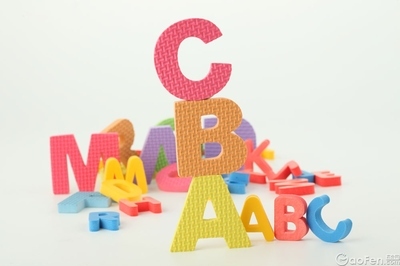hear and see + object +verb-form
hear+宾语+动词原形
see +宾语+动词原形
Typical mistake:
典型错误:
*I heard him went dourn tbestairs.
Hear and see can be followed byobject +infinitive (without to)orobject +-ing.
hear和see后面可以跟:宾语+不定式(不带to)或者:宾语+动词ing的形式
I heard him go down tbe stairs.我听见他下楼了。
I heard him going down the stairs.我听到他下楼了。
There is often a difference of meaning. We use an infinitiveafterhear andsee to say that we heard or saw the whole of anaction orevent, and we use an-ing form to suggest that we heard or sawpartof an action.
意思不同。在hear和see后面用动词原形,表示我们听见或看见行为或事件的整个过程;而用动词的ing形式,表示我们听见或看见行为的一部分。
Compare:
比较:
1、I saw hercross tbe road. (from one side to tbe otber)
我看见她穿过马路。(从一边到另一边)
I saw her crossing tbe road. (in tbe middle of tbe road, on her wayacross)
我看到她穿过马路。(在马路中间,或穿越的途中)
I heard him play Chopin's first ballade. (right through)
我听过他演奏肖邦第一协奏曲。(从头到尾)
I heard him practising Chopin's first ballade.
我听到过他练习肖邦第一协奏曲。
2、 Hear andsee can also be followed by an object and a pastparticiple (with a passive meaning).
hear和see后面也可以跟宾语和过去分词(有被动的意思)
I heard the word 'suffer'repeated several times in a strangevoice.
我听见奇怪的声音suffer这个词重复了几次。
Have you ever seen a television thrown through a window?
你看见电视机从窗户扔出来了吗
3、 After passive forms of hearand see, to is used withthe infinitive.
在hear和see被动式后面,用带to的不定式。
Hewas never heardto say 'thank-you' in hislife.
从未听他说过‘谢您’。
Justice must not only be done; it must be seento be done.
正义,耳听为虚;眼见为实。
Some other words (eg watch,notice, observe) can be used instructures similar to see and hear. The infinitive structure is notused after passive forms of watch andnotice.
其它一些词(例如:watch, notice,observe)可以用于类似see和hear的结构里。在watch和notice被动式后面,不用不定式结构。
 爱华网
爱华网



